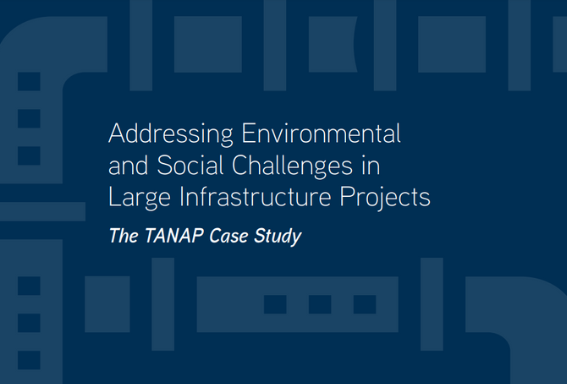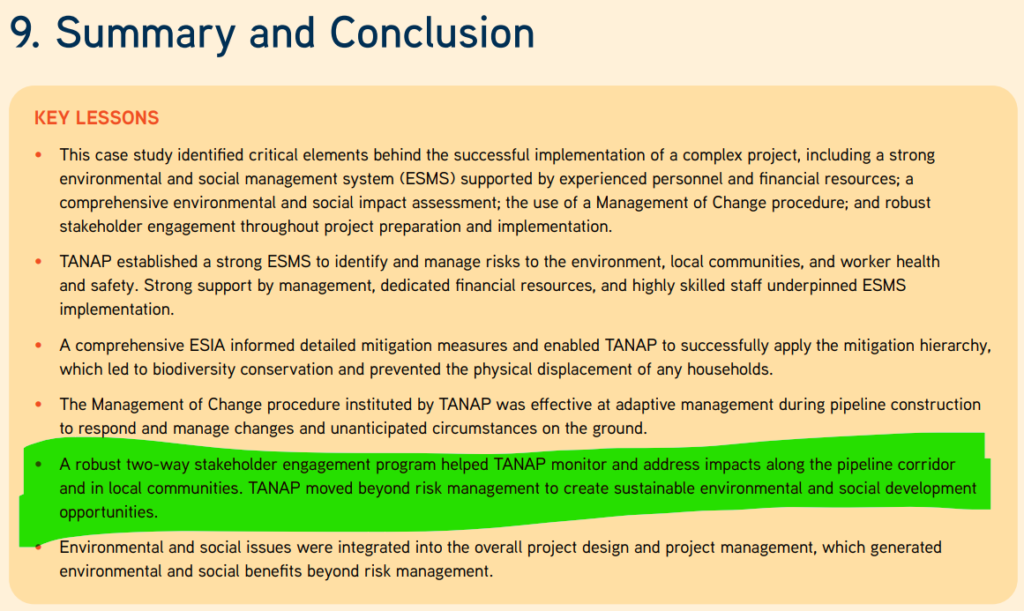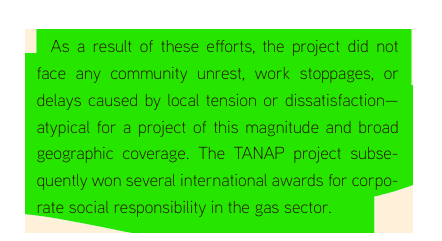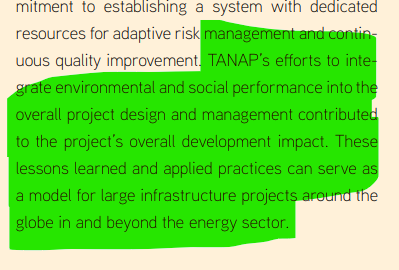

Case Study of a Successful Large Infrastructure Project
Addressing Environmental and Social Challenges in Large Infrastructure Projects – The TANAP Case Study
The World Bank recently released this case study to document and demonstrate how good environmental and social practices can contribute to positive environmental outcomes and increased benefits for the people impacted by World Bank financed projects. If you’ve wondered about the benefits of stakeholder management for infrastructure projects, this case study provides some great insights and results. The in-depth look into the environmental and social practices of the TANAP project (Trans-Anatonlian Natural Gas Pipeline) sets out a compelling case for the benefits of good environmental and social practices, including robust stakeholder engagement. TANAP have been a long term client of Darzin and we’re honoured to be part of their journey and work with them over many years.
I recommend this excellent case study in best practice stakeholder management to anyone working in infrastructure, resources, oil and gas industries in particular.
Key learnings
Some of the key learnings from the case study:
- TANAP organized its environment, social, and health and safety units into one directorate, with one director reporting directly to TANAP’s general manager. This direct reporting mechanism played a critical role in expediting internal communication and decision making. It enabled urgent messages to reach senior management much more quickly, clearly, and directly.
- The TANAP social team trained all TANAP workers on stakeholder engagement to unify messaging around TANAP’s commitment to neighboring communities.
- TANAP maintained a robust information management system to track, analyze, and report stakeholder engagement and grievances.
- When sound environmental and social performance is integrated into overall project design and project management, large infrastructure projects have the
potential to create developmental benefits that go beyond environmental and social risk management.


Benefits of robust stakeholder management for infrastructure projects
The highlighted extracts below are just some of the benefits the project saw from implementing robust stakeholder engagement and stakeholder management processes.




You may also want to revisit some of our earlier posts on what many large infrastructure projects fail to do or an earlier case study we wrote on the Tanap project.
If you’d like to learn more about how large infrastructure projects use Darzin Stakeholder Relationship Management system, please get in touch and we’d be happy to share more examples of best practice.

